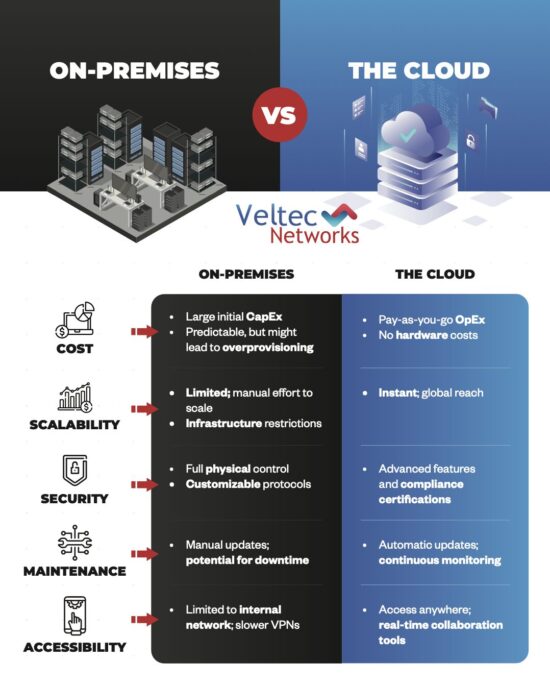In an effort to improve collaboration and productivity in the workplace, Microsoft created Microsoft Office 365, and businesses are clamoring to implement this powerful tool. As with any migration to a new platform, the process may not be as simple as it might seem, and there are many important factors to consider. Taking the proper time to make the migration is critical, as bad decisions cannot be reversed.

Here are some helpful tips in order to make migrating over to Microsoft Office 365 successful:
- Do The Necessary Research
Researching Microsoft Office 365 can be overwhelming in the beginning as there is so much information available on the subject. Research, however, is critical to learning about how everything will work, as well as what can be expected before, during, and after the migration.
It is important to understand and anticipate how the daily operations of your organization will change by moving to a cloud-based platform. It is also crucial to be aware of the fact that Microsoft Office 365 is completely different in terms of interface, functionality, and features from the traditional Office suite.
- Make a List
A critical error many organizations make, is failing to make a comprehensive checklist for the migration process. Businesses tend to focus more on the technical aspects and fail to pay proper attention to other areas that are critical to a successful migration. Your checklist should include such considerations as:
- gathering adoption feedback
- training staff members
- informing users of the migration
Begin by drafting a step-by-step plan that clearly defines the different stages of the migration process, and continuously refine the process until all aspects are covered.
- Check Email Settings
In order to have a seamless transition, you will need to synchronize your accounts between your active directory domain and Microsoft Office 365. This is done using Microsoft’s Azure Active Directory Synchronization tool. You will also need to point the company’s mail exchange record to Microsoft Office 365 so that new emails will be sent directly to the mailboxes in Microsoft Office 365.
Failure to properly configure email settings during synchronization can result in your company’s emails being flagged as spam, which will disrupt the communication process.
- Choose a Migration Path That Works For You
Every migration plan looks different, and it is critical to choose one that meets the individual needs of your business. Migrating to Microsoft Office 365 can be divided into the following three categories:
- Cutover Migration – this method of migration consists of the single provisioning and transfer of mailboxes, users, mail groups and contacts over to Microsoft Office 365. The cutover process can accommodate up to 2,000 mailboxes.
- Staged Migration – if it is not desirable to migrate all of your company’s resources at one time, a staged approach may be best. This allows mailboxes to be moved over in small batches over a long period of time.
- Hybrid Migration – hybrid migration is perfect for migrations that involve moving more than 2,000 mailboxes, as well as run local Exchange servers as well as Microsoft Office 365 at the same time.
- Testing at Every Phase
Once the migration process has been broken down into the various phases, you can then easily develop a testing procedure for each individual phase. Standard testing processes involve:
- migrating small amounts of data
- sending and receiving email
- application trials
The testing process is to ensure all aspects of the migration are successful, and everything works as expected. The more components tested before migration to the new platform occurs, the less chance of issue after the migration is completed.
Considering making the move to Microsoft Office 365? Contact our team at Veltec Networks for expert knowledge and advice to make a seamless transition: contact us by phone (408) 849-4441 or email info@veltecnetworks.com.






